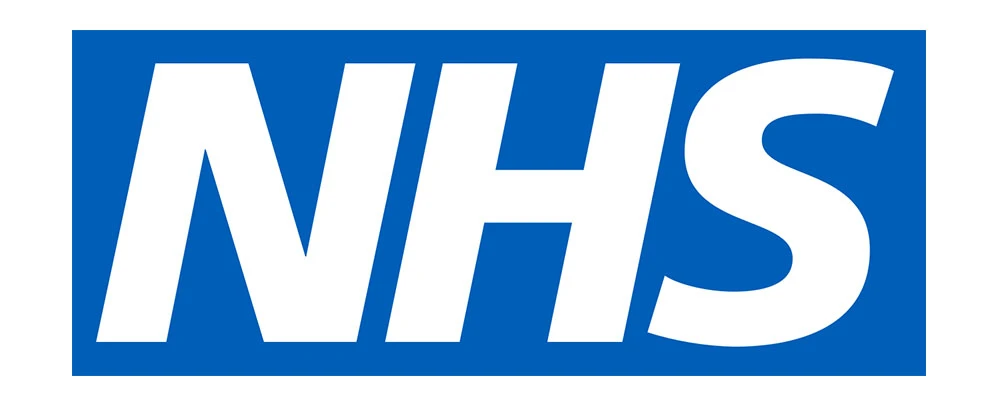Competitor analysis services
Anyone who has ever come last in the egg and spoon race at school sports day may still be pondering, many years later, why everything must be a competition. But, deep down, we all know that getting a medal just for participation doesn’t cut it.
Competition is a necessary and important part of life. In a business context, competition drives innovation, increases consumer choice and promotes economic growth. You just need to be sure that it is your business that is innovating and growing more effectively than your competitors. That’s where competitor analysis market research comes in.
In this article we explore the subject of competitor analysis (also called competitive analysis or competitor research) and its vital importance to any brand wishing to establish or maintain competitive advantage.
We explain what competitor analysis is, the different ways in which it can be undertaken, and when up-to-date competitor insight is essential for brand success. We’ll also identify the issues to consider when looking for an agency to undertake competitor research on your behalf.
What is competitor analysis research?
Competitor analysis in market research is the process of gathering and evaluating information about competing companies or organisations within your category or market. It involves studying and analysing the strategies, products or services, strengths, weaknesses, market positioning, customer base and any other relevant factors relating to direct competitors.
The primary goal of competitor analysis is to gain insights into the competitive landscape and understand how rival companies are operating to inform your decision-making and support your marketing and innovation strategy. It provides a comprehensive understanding of market dynamics and helps identify potential opportunities and threats.
It can be done as stand-alone research or incorporated into other types of research. For example, competitor analysis is integral to brand tracking – it is hard to understand how your own brand is performing without the context of other brands in the market.
What is the difference between competitor analysis and competitive analysis?
In practice, the terms ‘competitor analysis’ and ‘competitive analysis’ are often used interchangeably and refer to the process of examining and evaluating the competitive landscape in a particular industry or market. However, some may argue for a slight distinction between the two terms.
Competitive analysis can be seen as a broader term that encompasses the analysis of not only direct competitors but also the overall competitive environment. It involves assessing various factors that influence competition in the market, such as industry trends, market dynamics, customer preferences, regulatory factors, technological advancements, and other macro-level influences. Competitive analysis aims to gain a holistic understanding of the competitive landscape beyond just individual competitors.
Benefits of competitor analysis
There are many benefits of conducting competitor analysis, as follows:
- Gaining insights into competitor strategies: by conducting thorough research into your competitors’ product and service portfolio, pricing, advertising, customer base and positioning, you should be able to understand a great deal about their marketing strategies – which will help you to identify your own strengths and weaknesses.
- Understanding consumer preferences: do other brands attract a different customer base? Are they eating into your target base? What are they doing that attracts those customers and are there gaps in the market that you could fill?
- Understanding pricing strategies: pricing is complex – why are some brands perceived as premium and others as bargain basement? For example, consumers are happy to pay more for Apple phones because they perceive them as high quality, innovative and conferring status.
- Informing innovation: looking at what competitors are doing well can give you ideas, and looking at what they are not doing can also highlight opportunities and demonstrate where there are unmet needs that your brand may be better placed to fill.
- Understanding your own business: we all know it isn’t healthy to compare ourselves with others. But for brands, comparison can be extremely helpful in providing context to better understand your own approach, know where you are vulnerable and get clarity on how you are perceived by your customers and prospects.
- Identifying industry trends: by seeing where competitors are successful and where they are placing their marketing efforts, you will gain an impression of the direction of travel of the category or wider market.
- Gain competitive advantage: this is the ultimate goal and benefit of competitor analysis – the insights gained through this type of research will enable you to improve your ability to compete in your market.
How to conduct competitor analysis
There are five key steps to conducting an effective competitor analysis.
- Identify your competitor set: this may include both direct and indirect competitors. Direct competitors offer similar products or services, whereas indirect competitors may provide alternative ways to achieve the same customer benefit. For example, Uber competes directly with traditional taxi services, but indirectly with other forms of public transport, or with driving. You need to research both.
- Define the scope and objectives: what do you want to analyse about your competitors and how are you going to use the results? You could include any or all the following: product offerings, branding, pricing strategies, marketing and advertising efforts, distribution channels, target market, customer base, and competitive advantages.
- Plan and conduct your data collection: this will include primary research with consumers as well as secondary research, looking at websites, social media, industry reports and press coverage. Primary research will typically involve online surveys but can also include qualitative research such as focus groups or depth interviews to help get a more in-depth understanding of the competitive landscape.
- Analyse your data: SWOT analysis (Strengths, Weaknesses, Opportunities, and Threats) is a useful framework for competitive analysis – strengths and weaknesses are internal to your business whereas opportunities and threats are external, dictated by the competitive environment.
- Monitor and update: competitor analysis should be an ongoing process. The frequency with which you need to refresh your competitor analysis will depend on business and market dynamics, as discussed further below. For example, in a mature market, the landscape will be unlikely to change rapidly, so less frequent research will still be effective.
How to use competitor analysis research
Competitor analysis research can be used at any stage of the product life cycle and as part of, or in addition to, other types of market research. It’s sometimes not clearly defined as competitor analysis research – for example, branding research will always gather opinions about competitor brands, but will be called brand research, rather than competitor analysis research.
- NPD – competitor analysis can help you generate ideas, identify gaps in the market or unmet consumer needs.
- Branding and positioning – competitor analysis is an integral part of branding and positioning research as you are always defining your positioning relative to the other brands in the market.
- Customer segmentation – understanding how consumers relate to competitors can be helpful in dividing the market and prioritising which segments to target.
- New market entry – competitor analysis is key here. If you are looking to enter new markets or extend your brand into adjacent markets, it is crucial to have a clear understanding of the space you are trying to occupy. Are there a lot of small brands, or a few big dominant brands? How have the market dynamics changed over time and what is the direction of travel?
How often should competitor analysis be conducted?
As so often, the answer is ‘it depends’. In this case, it depends on factors including the nature of the industry, the pace of market changes, and the specific goals of your business. However, as a general guideline, it is recommended to conduct competitor analysis regularly to stay up to date with market dynamics.
In industries with rapid technological advancements or intense competition, it may be beneficial to conduct competitor analysis more frequently, such as quarterly or semi-annually. This enables you to closely monitor your competitors’ actions and changes in the market. For industries with slower-paced changes or less competition, conducting competitor analysis on an annual basis may be sufficient. However, even in such cases, it is important to keep a pulse on the market and stay aware of any emerging trends or shifts in customer preferences that may impact your business.
Working with a competitor analysis company
If you are new to conducting competitor analysis research, it is helpful to understand what the process of working with a competitor analysis company will involve. In every case, you should expect to go through a detailed briefing process. This does require you to think carefully about what your objectives are for the project and how you will know if you have been successful. Often, competitor analysis companies can help you to put a brief together – some offer templates – and should certainly have a consultative approach, questioning the brief that you deliver, to help refine the process.
Following the briefing, the competitor analysis agency will typically produce a proposal which steers you through the choice of methods as well as pricing and timing. The agency will be able to help you understand whether you should be conducting stand-alone competitive research or weaving an understanding of the competition through a separate piece of research. They will also help you to understand whether you should be conducting a one-off ad-hoc research project or looking to set up a program of ongoing tracking.
How to choose a competitor analysis agency
We recommend you ask prospective competitor analysis agencies the three following questions:
- What experience do you have of similar work? Ask to see case studies and/or client testimonials.
- Who will be working on my project and what skills and experience do they bring? Ask whether the senior team members that you meet at the beginning of the project will be involved all the way through.
- What methods will you use? Can the team explain why they have proposed particular methods and why they are better than the alternatives? How transparent are the methods? Are there ‘black box’ processes or research products that are ‘one size fits all’ or do you get a truly tailored approach that is right for your business?
Summary
It’s a tough world out there, but we know that we need competition to stimulate us to try harder and to work smarter. Without competition, there would be no growth, and without competitor analysis research, your brand might just be the last one over the finish line. And there is no participation medal for companies that fall behind.
To find out more about competitor analysis research contact Jeremy@brandspeak.co.uk or call us on +44 (0) 203 858 0052.














